10 Famous Stamp Errors That Became Collectible Treasures
Stamp collecting has long been a fascinating hobby, with collectors constantly searching for rare and unique items. Among these treasures, stamp errors hold a special place. These mistakes, whether caused by printing mishaps or design flaws, can turn an ordinary stamp into a valuable collector’s item. Some of these errors are so rare that they become highly sought after by philatelists. Over time, the value of these mistakes can soar, making them prized possessions. From upside-down airplanes to misaligned colors, these errors tell a story of human error and creativity.
This post may contain affiliate links, which helps keep this content free. Please read our disclosure for more info.
Inverted Jenny
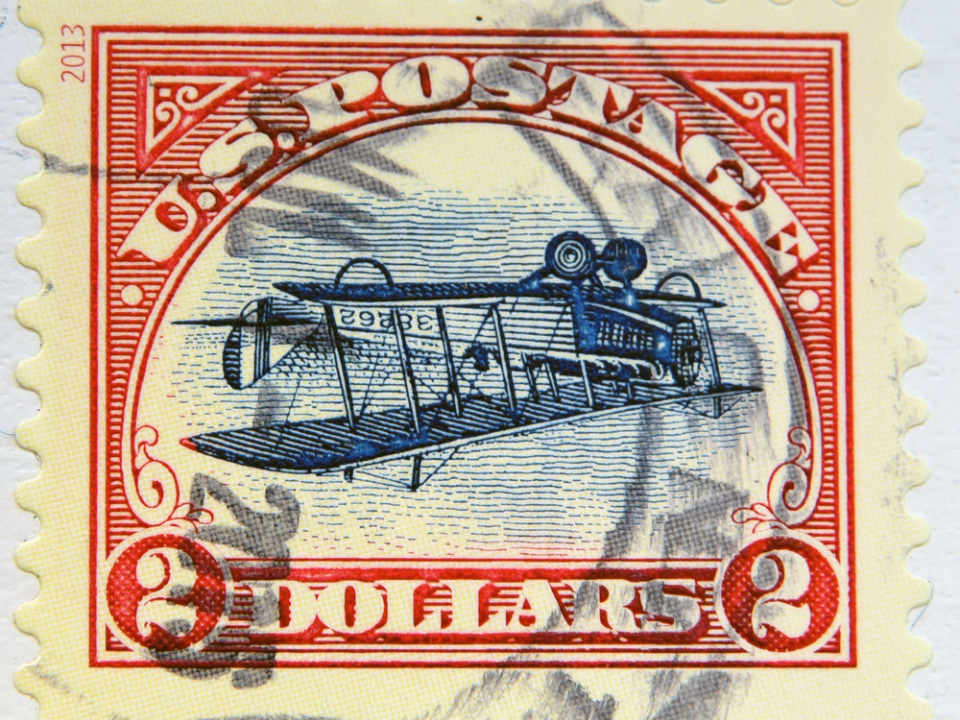
The Inverted Jenny is one of the most well-known stamp errors in American history. Issued in 1918, this 24-cent airmail stamp features an upside-down Curtiss JN-4 airplane at the center. Only one sheet of 100 stamps with this printing mistake is believed to have made it into circulation. The rarity and striking nature of the error have made it a top item among collectors.
This stamp has fetched prices well over $1 million in auctions. Individual stamps from the original sheet have sold for around $500,000 to $1.7 million depending on condition and provenance. Its value has increased steadily due to limited availability and continued interest from collectors. The story of how the sheet was sold and broken up only adds to the appeal.
British Guiana 1c Magenta Error
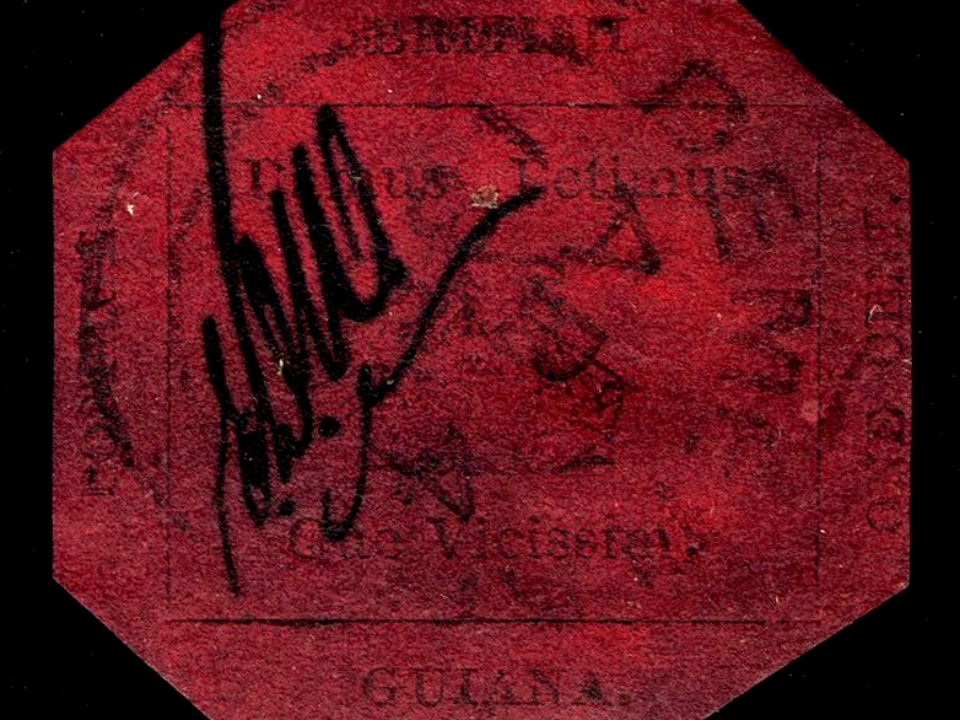
Although the British Guiana 1c Magenta is famous as a rare stamp, there is a lesser-known error involving slight ink misalignment that has made certain versions unique. This stamp was printed in 1856 and is the only known copy of its kind. It was hand-initialed by a postal clerk due to printing irregularities, which only adds to its mystique.
Its market value is astounding, having sold for nearly $9.5 million at auction. That price reflects the extreme rarity, condition, and historical background attached to the stamp. The error, though minor in appearance, sets it apart from other rare stamps. It is considered a one-of-a-kind item in philatelic circles.
Dag Hammarskjöld Invert
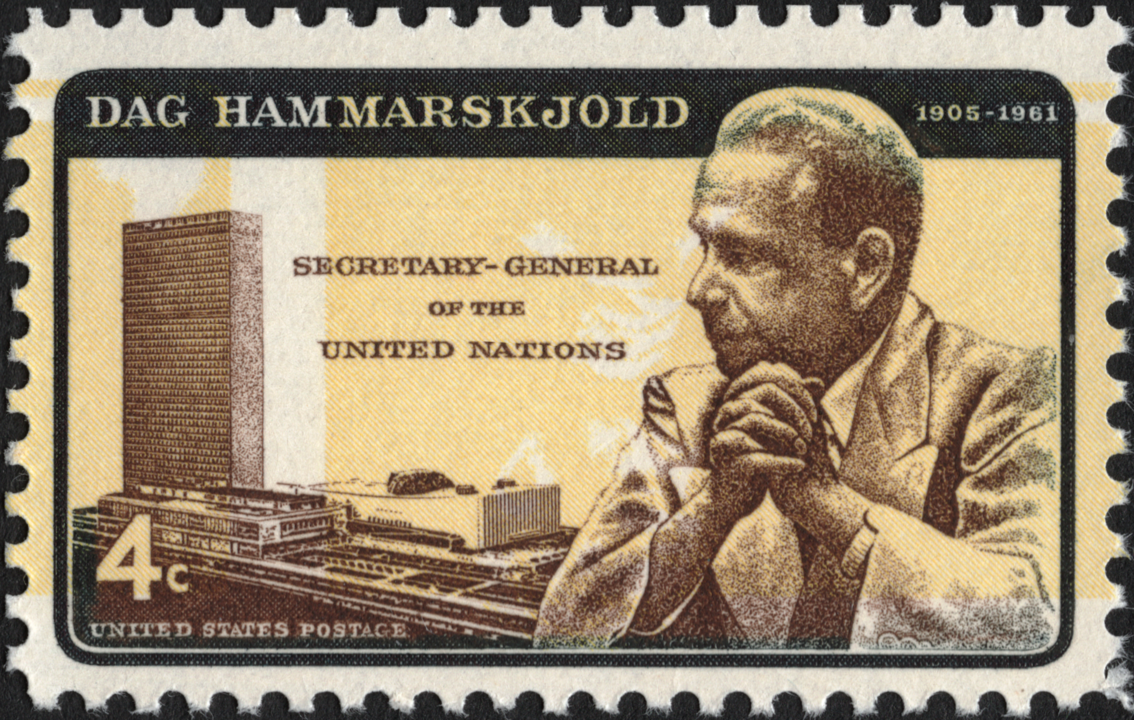
This US postage stamp was issued in 1962 to honor United Nations Secretary-General Dag Hammarskjöld. Due to a color misprint, the yellow background was printed upside down in one sheet, creating an unexpected variation. Rather than recalling the stamps, the US Post Office decided to intentionally reprint millions of the inverted design.
While the reprinted versions are common and worth little, original examples from the initial error sheet are still rare. Genuine error copies, not part of the later reprints, have been valued at around $4,000 to $15,000 depending on centering and condition. Collectors must verify authenticity through expert certification before making any purchase.
CIA Invert
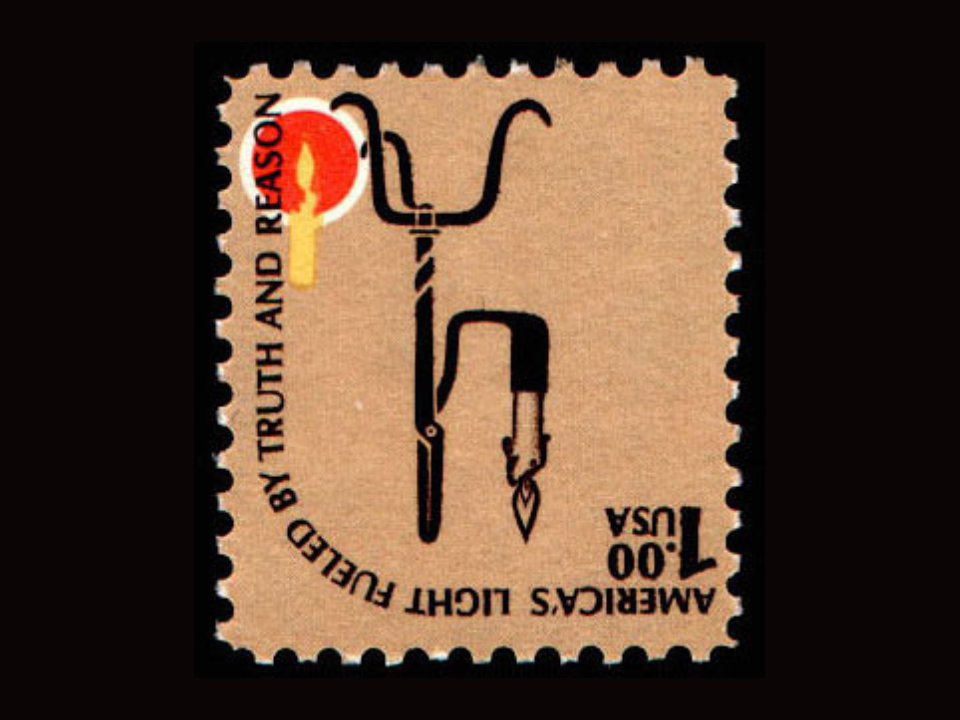
In 1979, a $1 stamp from a regular US postage series depicting a candle holder was printed with the brown background upside down. A full pane of 100 was purchased by employees of the Central Intelligence Agency, giving the error its nickname. The mistake went unnoticed until a few days later, at which point most of the sheet had already been sold.
Surviving copies are rare and have fetched between $12,000 and $25,000 each. Collectors appreciate the story as well as the difficulty of locating an unused example. Certified versions command higher prices, especially when in mint condition. Most remaining examples were used or handled, making untouched copies especially valuable.
Inverted Dendermonde
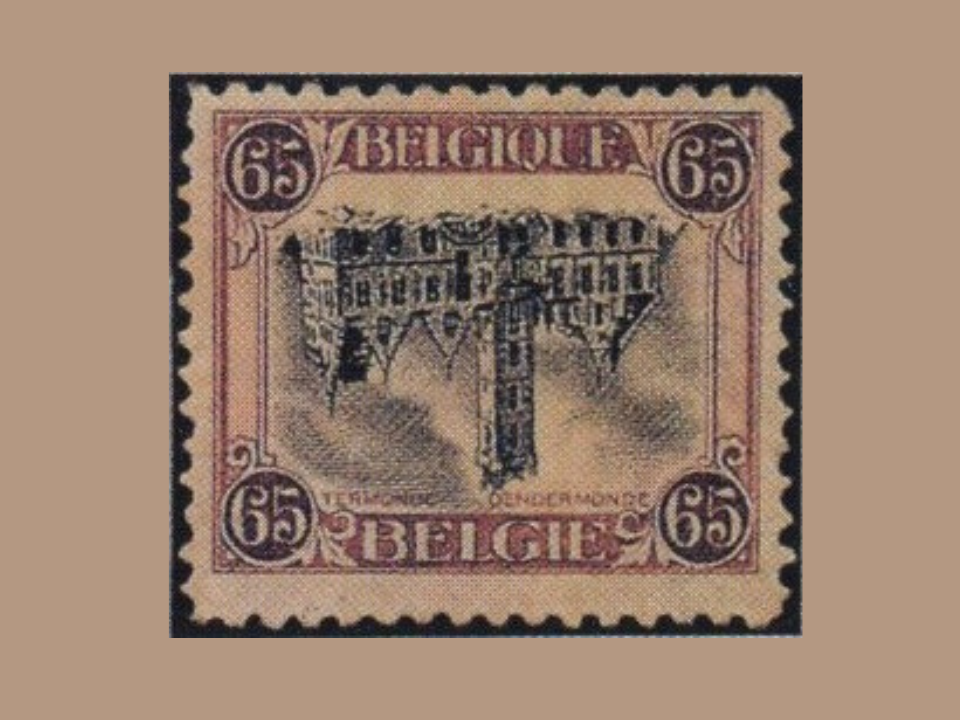
This Belgian stamp was issued in 1920 and features an image of the Dendermonde Abbey. A small number of sheets were printed with the central image upside down. Belgian authorities quickly tried to retrieve the affected stamps, but a few had already reached the public.
The stamp’s value has risen sharply, with mint condition examples selling for around $75,000 to $150,000. Its appeal lies in both rarity and historical intrigue. Some collectors consider it among the most attractive inverted center errors ever produced. Authentication is key, as counterfeit versions do exist.
Rose Color Error of the Washington 2c
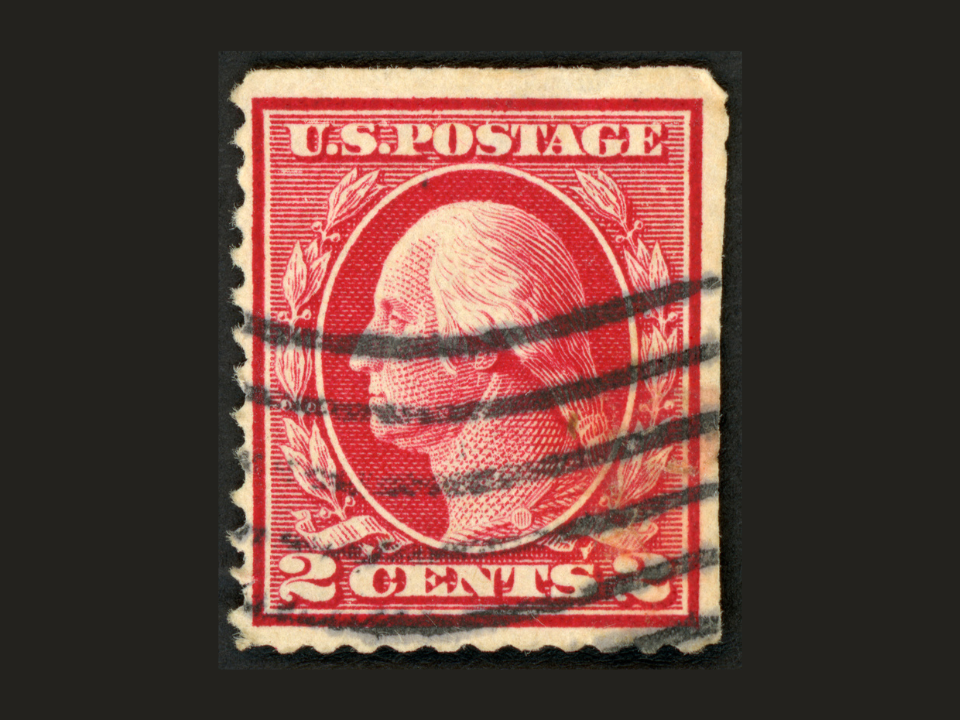
This United States stamp was originally printed in carmine but appeared in a distinct rose hue due to an ink error. Issued in the early 20th century, the mistake was not discovered until later by collectors comparing color shades. It is often confused with faded examples, so verification by experts is important.
A genuine rose error in unused condition can sell for around $10,000 to $20,000. Used copies are worth significantly less but are still sought after. Color errors can be subtle, so provenance and expert opinion heavily influence price. This stamp is part of a wider category of shade variations, but the rose version stands out.
1901 Pan-American Inverts
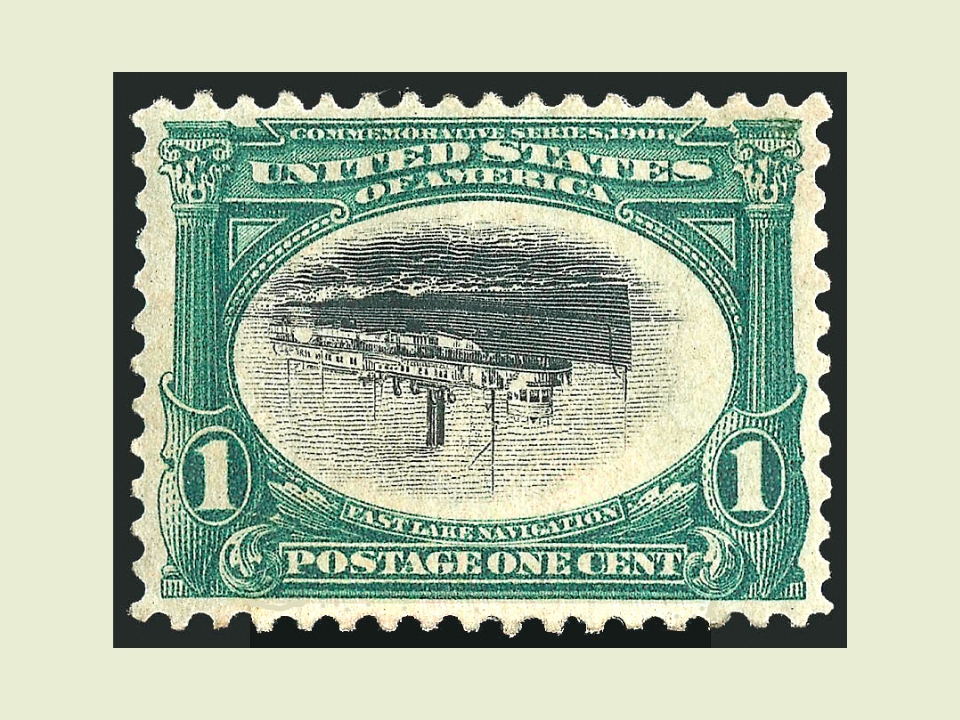
The 1901 Pan-American Exposition stamp series included several designs with transportation themes. A small number were printed with the central vignettes upside down. These include the 1c, 2c, and 4c values, which all showed different modes of travel.
These stamps range in value from $10,000 to over $75,000 depending on the specific issue and condition. The 2c Train Invert is among the most famous in this set. Collectors admire the detailed engravings and early use of two-color printing. These factors, along with the striking error, drive their value.
Mauritius “Post Office” Stamps
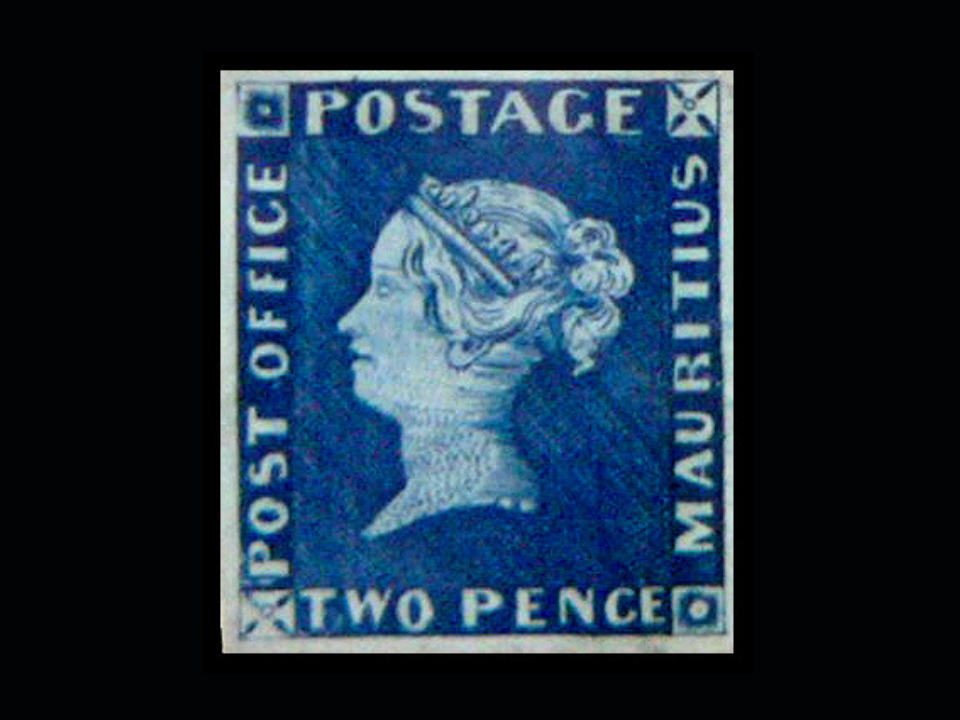
The Mauritius “Post Office” stamps are among the most famous stamp errors in the history of philately. Issued in 1847, these stamps were printed in limited quantities and featured the words “Post Office” instead of “Post Paid.” Only a few copies were made, with the majority of them being quickly recalled and destroyed.
These stamps are highly prized, with the most famous example selling for over $1 million. Their historical importance and rarity, combined with the error in the printing, make them a standout in any collection. The story of these stamps only adds to their allure, making them a top choice for collectors around the world.
A Diagonal Paper Fold (Austria 1850)
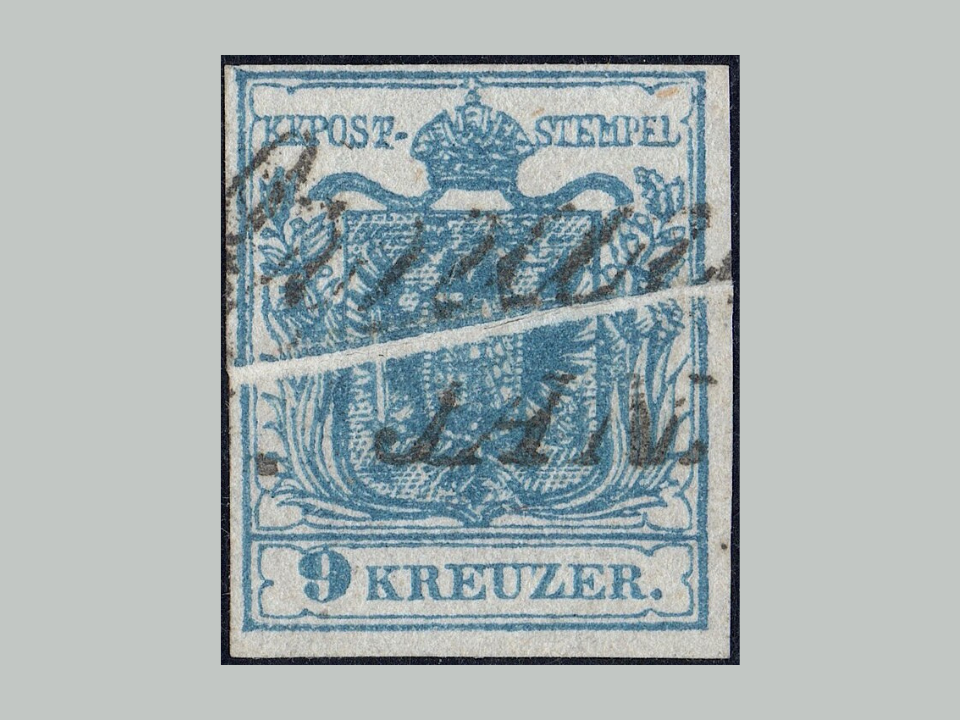
In 1850, an Austrian stamp was printed with a diagonal fold in the paper, causing a significant error in the final product. The mistake occurred when the printing press failed to align the paper properly, resulting in a distinctive fold that affected the image. The misalignment produced a small batch of stamps with this unique error.
These stamps are extremely rare, and examples can fetch prices between $10,000 and $20,000. Their value comes from the rarity of the mistake and the fact that only a few of the misprinted stamps have survived. This particular error is a fascinating piece of postal history that continues to intrigue collectors.
Statue of Liberty Forever Stamp
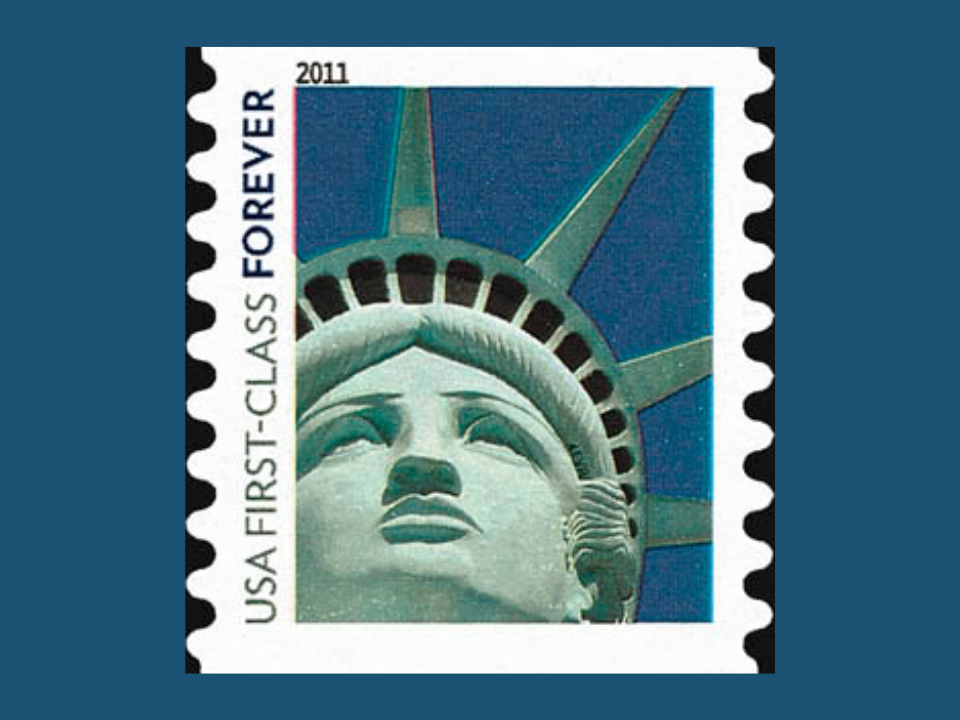
In 2010, the United States Postal Service issued a “Statue of Liberty” Forever stamp that soon became a collectible treasure due to a printing error. A batch of these stamps featured a significant color shift, with the blue of the sky being printed incorrectly. This subtle error caught the attention of collectors almost immediately.
While most of the stamps were corrected, a small number of the misprints remain in circulation and can sell for around $2,000 to $5,000. The combination of the recognizable design and the minor mistake has turned this stamp into a sought-after item. As with all rare errors, certification and authenticity are key to its market value.
This article originally appeared on Avocadu.
